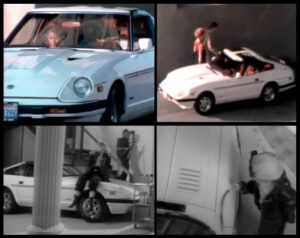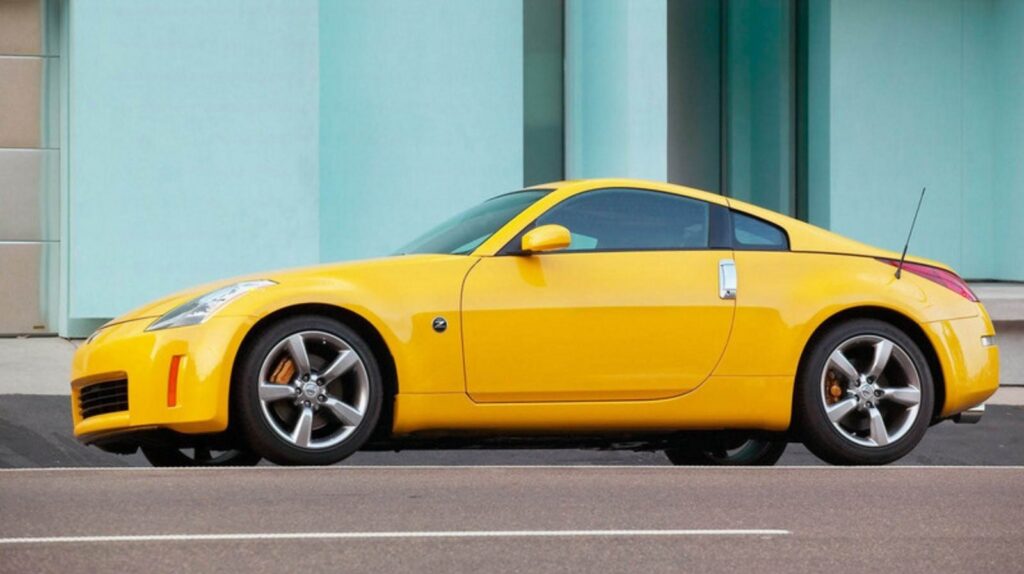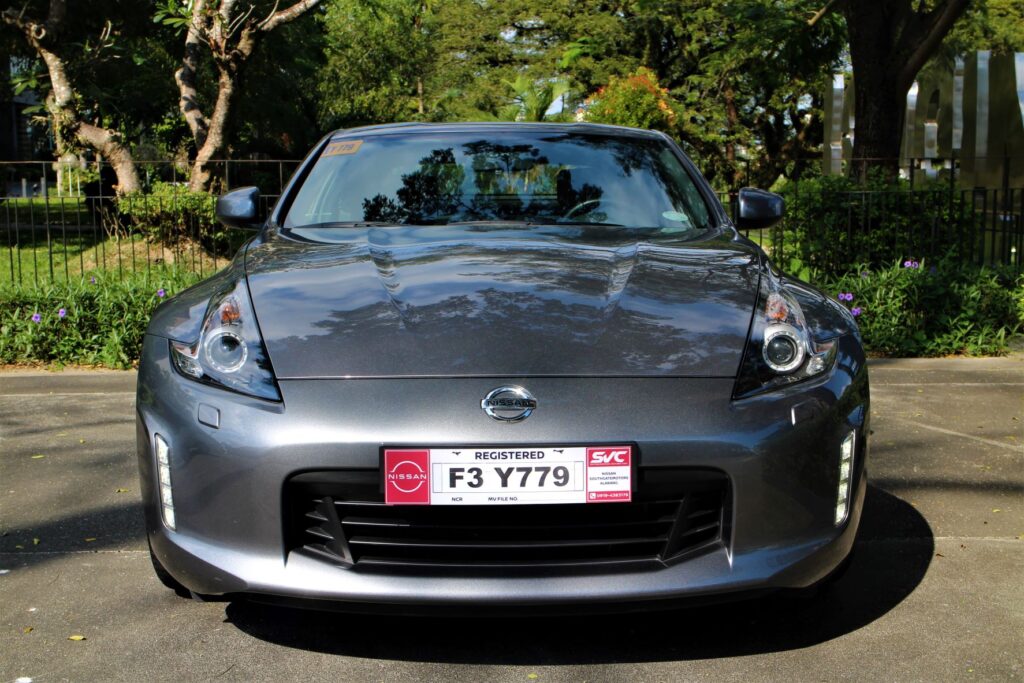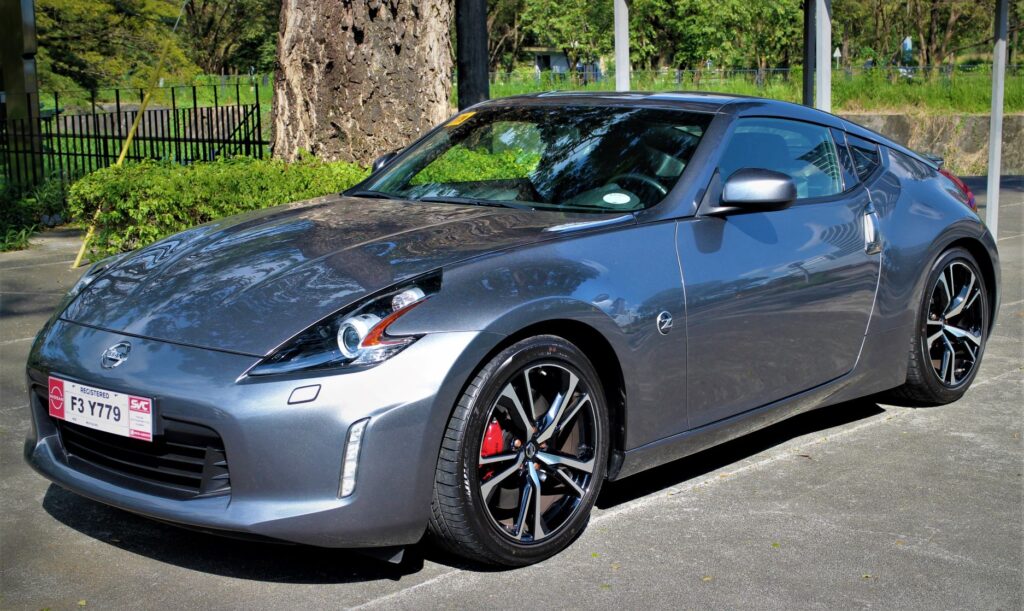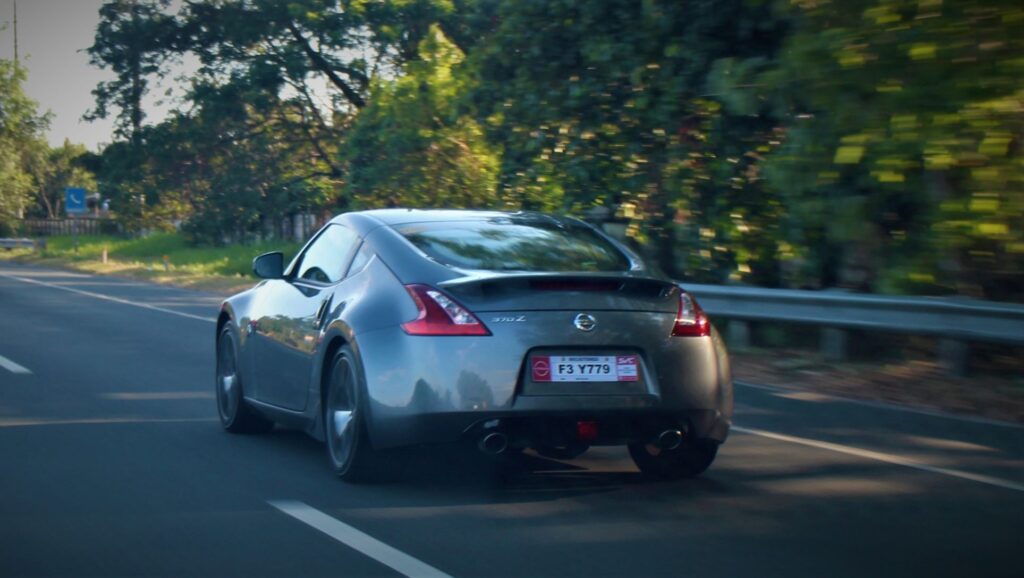It’s a well-known fact that everything has to evolve to remain relevant in this ever-changing world. Automobiles, for instance, evolve with the times and the tastes of the market. Some car models, such as the Nissan/Datsun Sunny/Sentra, start as small subcompact sedans and eventually grow to become compact or midsize sedans, or even crossover vehicles. Some car models keep their names despite the changes while others change their names to make the model sound new and more attractive, such as the name change from Sunny/Sentra to Sylphy.

Nissan’s family sedan evolved from the subcompact 1966-69 Sunny B10 to the almost midsize 2012-18 Sylphy B17.
Sports cars, in particular, have evolved from simple svelte 2-seat speedsters into complex overt supercars that have become far too expensive to be afforded by the average car enthusiast. Most of the fun of driving sports cars have been taken away by safety and environmental regulations, the threat of lawsuits, and the mere maintenance and insurance costs of such an expensive piece of machinery. Thankfully, there are still sports cars that remain faithful to their core purpose, that is, to create driving excitement. And one of these sports cars is the Nissan 370Z.
Origins of the Z-Car
The very first Z-car was the 1969 Nissan Fairlady Z (S30/Z29) or Datsun 240Z as it was known in the States and here in the Philippines. Introduced in October 22, 1969 as a 1970 model, the new 2-seat sports car was powered by a carbureted inline 6-cylinder. The US-version Datsun 240Z had a 2.4-liter single overhead camshaft (SOHC) 12-valve L24 that produced 151 horsepower while the Japanese domestic market (JDM) models had the 130-hp 2.0-liter SOHC 12-valve L20 straight-6.
A special JDM performance version, dubbed as the Nissan Z 432R, was powered by a 158-hp 2.0-liter double overhead camshaft (DOHC) 24-valve S20 straight-6 from the Nissan Skyline 2000 GT-R. The 432 designation came from 4 valves per cylinder, 3 carburetors, and 2 camshafts. The Datsun 260Z debuted in 1974 with a larger 154-hp 2.6-liter L26 engine and a 2+2 model that stretched the car’s length by a foot. The 280Z was unleashed in the American market in 1975 with a 170-hp 2.8-liter L28 straight-6 and Bosch electronic fuel injection.
The Z-Car in the Eighties
The second generation Nissan Fairlady/Datsun 280ZX (S130/Z30) was launched in 1978 powered by the same 2.8-liter L28 straight-6 but geared towards luxury to meet growing consumer demands. This Z-car generation featured a removable T-top roof section in 1980 and turbocharging in 1981, increasing power to 180 hp and 275 Nm of torque over the 135 hp and 195 Nm of the normally-aspirated (NA) engine. It was honored as Motor Trend Magazine’s Import Car of the Year for 1979 and was featured in Madonna’s “Borderline” music video in 1983.
The Z-car was completely redesigned in 1984 and introduced as the Nissan 300ZX (Z31) with its 3.0-liter V6 VG-series engine. The turbocharged V6 made between 200-228 hp while the NA version made 160 hp. Nissan completely dropped the Datsun brand name in 1985 while actor/race car driver Paul Newman won the 1985 GT1 Challenge in a race-developed 300ZX, which dominated GT racing during the decade.
Surviving the Nineties
The fourth generation Nissan 300ZX (Z32) was introduced in 1989 with a naturally-aspirated 3.0-liter V6 with DOHC, variable valve timing (VVT) that made 222 hp and 268 Nm of torque while the turbo version produced 300 hp and 384 Nm. The 300ZX/300ZX Turbo won several accolades including Motor Trend’s “Import Car of the Year” and “One of the Top Ten Performance Cars” in 1990, Automobile Magazine’s “Design of the Year” and “All Stars” list, Road & Track’s “One of the Ten Best Cars in the World”, and Car and Driver’s “10 Best”.
The economic depression in 1997, the rising Yen-to-Dollar exchange, and the growing popularity of sport utility vehicles (SUV) nearly killed the sales of sports cars, including the 300ZX, in the mid-90s’. To keep the interest in the Z-car alive, Nissan launched a restoration program in 1998, where they bought, restored and sold original 240Zs. At the North American International Auto Show, Nissan launched the 240Z Concept in 1999 and the Z Concept in 2001.
Z-Cars in the New Millennium
Nissan launched the fifth generation 350Z (Z33) in 2002 with the 3.5-liter VQ35DE DOHC V6 engine. Available with either a 6-speed stick shift or 5-speed automatic, the 350Z 2-seat hardtop was followed by a convertible model in 2004. The 2005 35th Anniversary Edition and 2006 350Zs received a revised 300-hp V6 while the 2007-2008 models came with the 306-hp VQ35HR engine with dual intakes and a 7,500 rpm redline.
Our test car is the sixth generation Nissan 370Z (Z34) that was launched in December 30, 2008 as a 2009 model. The Nismo version bowed in June 2009 while the 370Z Roadster debuted a few months later. The introduction of the seventh-generation Nissan Z has been widely circulated online but since it will be introduced as a 2023 model, we will focus our attention on our Gun Metallic 2021 Nissan 370Z Premium AT.

The high gloss Gun Metallic finish of our 2021 Nissan 370Z Premium AT glistens in the afternoon sun…
Under That Long Hood
Our 370Z is powered by Nissan’s 3.7-liter VQ37VHR DOHC 24-valve V6 engine that shares much of its architecture with the previous VQ35HR except for the Variable Valve Event and Lift (VVEL) and the larger displacement. It churns out 363 Nm of torque at 5,200 rpm, which can catapult us from 0 to 100 km/h in 4.8 seconds and reach the quarter mile (400 meters) in 13.5 seconds. Shifting 328 horsepower through the paddle shifter of its 7-speed automatic transmission, our 370Z can easily exceed the speed limit on the tollways more than twice.
Thus far, the 370Z is the fastest production Z-car. If shifting through the gears manually is more your style, the 370Z is also available with a 6-speed stick shift that features SynchroRev Match, which automatically blips the throttle to match engine and transmission speed during downshifts and achieves the same effect as the heel-and-toe driving technique. While the stick would be certainly exciting, we had to contend ourselves with our A/T Z-car, serenely enjoying the view as we zoom past other cars.

7-speed automatic transmission with paddle shifters adds clutch-free convenience to the driving fun.

If you can read the “370Z” script on the rear deck, you’re probably following too close. We got to speed up and keep some distance for safety, you know…
Refined Excitement
Settling ourselves into the cockpit of the 370Z, we are bound with a giddy sense of refined excitement. You know the feeling – we’re very excited to be in a performance car with a highly potent power-to-weight ratio but at the same time, we have this serenity of being responsible for our safety and that of the sports car. A younger version of us would have immediately stood on the gas and smoked those fat 275/35R19 Bridgestone Potenza rear tires, but the sports car connoisseur in us wants to first savor the feeling of being inside an authentic two-seater.

Front 245/40R19 Bridgestone Potenza tires on lightweight 19″x 9″ Rays 5 split-spoke forged alloy wheels provide excellent traction and direction control…

… while meaty 275/35R19 Potenza tires on 19″x 10″ Rays wheels at the back transfer all that power and torque onto the road.
The evolution of the Z-car’s interior design is quite evident inside. Ergonomics has improved tremendously, everything is within easy reach and it’s quite simple to adjust the multifunction steering wheel and the leather seats with Alcantara inserts to provide you with the perfect driving position to attack sinuous curves along mountain passes or tackle the longest stretch of highway. The ergonomic seats are bolstered in the right places to hold you snugly within but offer easy ingress and egress as well. The cargo area under the hatch comes with a soft cover to keep prying eyes away from any stuff you leave at the back.

It’s a safe, comfortable and exciting cocoon for two kindred spirits who love speed and performance.
The Driving Experience
We would like to think of the 370Z, or any other two-seat sports car, as a paradox. It can take you places, some quicker than others, but it only caters to you and a lucky passenger. It does not represent an efficient way of using resources but if you’re going out with just one companion, then it represents the most efficient use of space. It’s not as comfortable as a plush large luxury car, but you get to feel the road more intimately with its communicative steering and suspension. It’s simply a lot of fun to drive.
We drove our 370Z to Clark, Pampanga for the JSK Auto Showdown at Midori Hotel and immensely enjoyed our drive on the tollways and around the roads inside the former American airbase. We displayed the Z-car at the show and since we were billeted at the hotel, we weren’t able to drive it for the next three days while it was on display. On the drive home from Pampanga to our home in Quezon City, we were asked to help drive home the other cars on display so it was our Shawie Dizon who enjoyed the 370Z on the way back.

We displayed our Nissan 370Z besides a Ferrari 458 at the entrance to the JSK Auto Showdown at Midori Hotel in December.

We had to wait for a lot of show attendees who took selfies with our Z-car before we could take this photo.
When we got home and took a long loving glance at the car, we can’t help but feel privileged for experiencing a fun drive in a car that stayed true to its roots. And, with a reasonable price tag of P2,879,000, we often feel compelled to save up (or sell our project cars) and get one for ourselves. Or we can wait for the introduction of the next generation Z-car due in 2023, so the prices of the current cars will be more affordable for us.
Hmm, we’re beginning to see a plan here…
Specifications
Suggested Retail Price: P2,879,000.00
Classification: 3-door 2-seat sports car
Engine model: VQ37VHR
Engine type: Liquid-cooled V6 DOHC 24-valve
Capacity: 3700 cc
Maximum power: 328 hp (332 PS) @ 7000 rpm
Maximum torque: 363 Nm @ 5200 rpm
Transmission: 7-speed automatic
Brakes: Front 4-piston 14-inch ventilated discs, rear 2-piston 13.8-inch ventilated discs
Suspension: Front aluminum alloy double wishbones, rear aluminum alloy multi-link system
Steering: Speed-sensitive hydraulic-assisted rack and pinion
Wheels: Rays Forged Alloy front 19×9, rear 19×10
Tire size: Front 245/40R19, rear 275/35R19
Length: 4265 mm
Width: 1845 mm
Height: 1315 mm
Wheelbase: 2550 mm
Curb weight: 1594 kg
Ground clearance: 125 mm
Fuel tank capacity: 72 liters
 Power Wheels Magazine A Notch Above
Power Wheels Magazine A Notch Above










